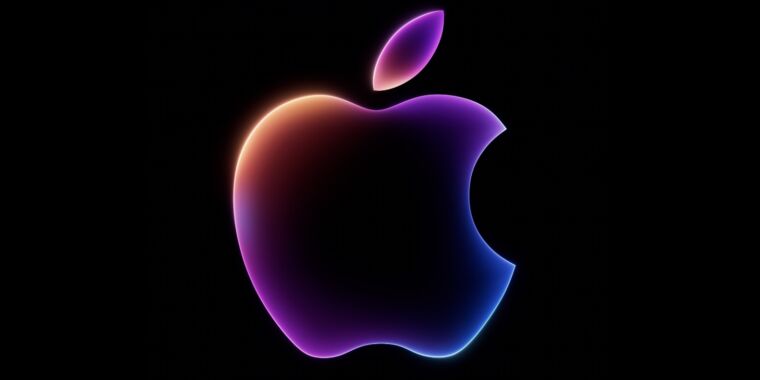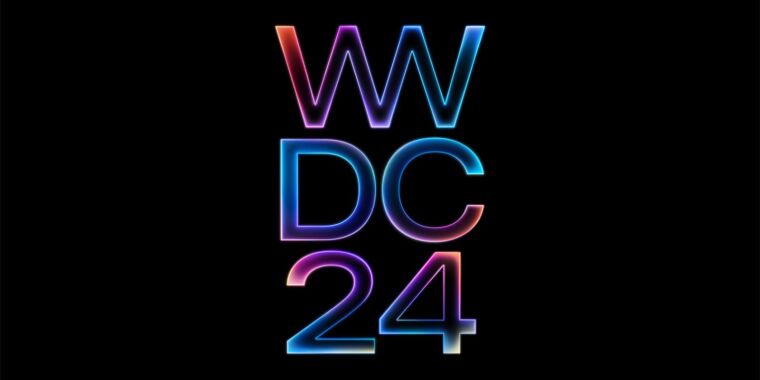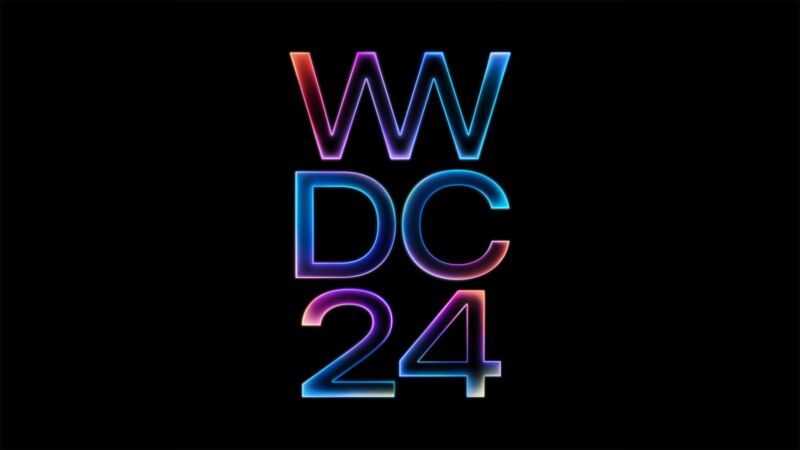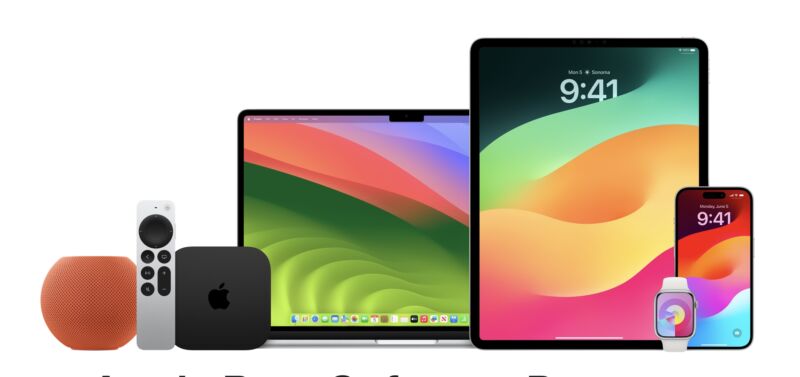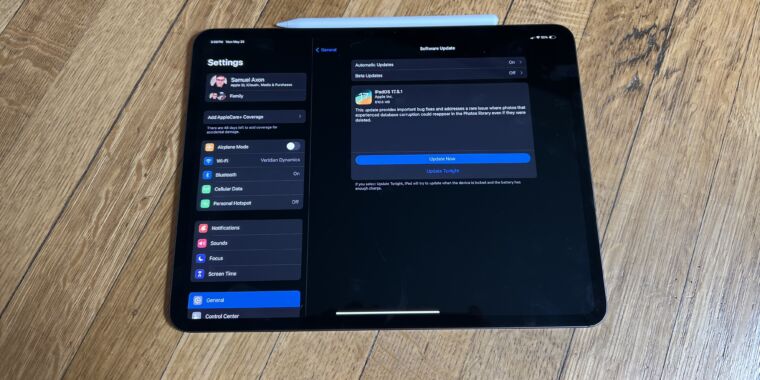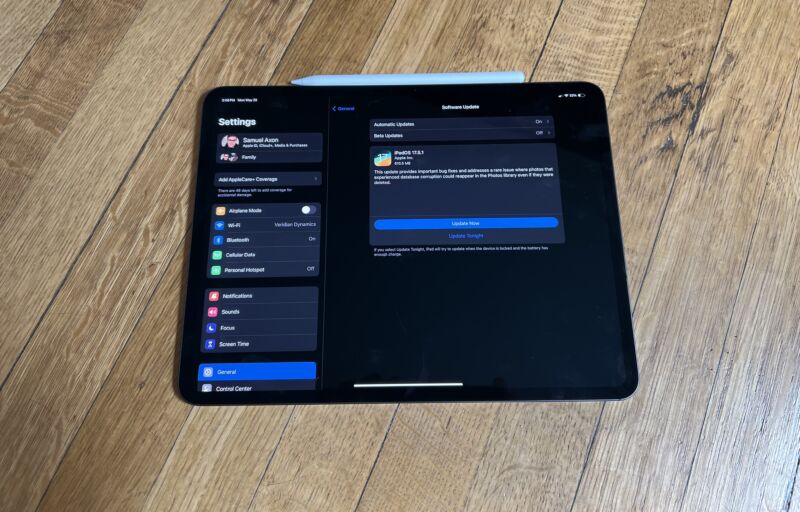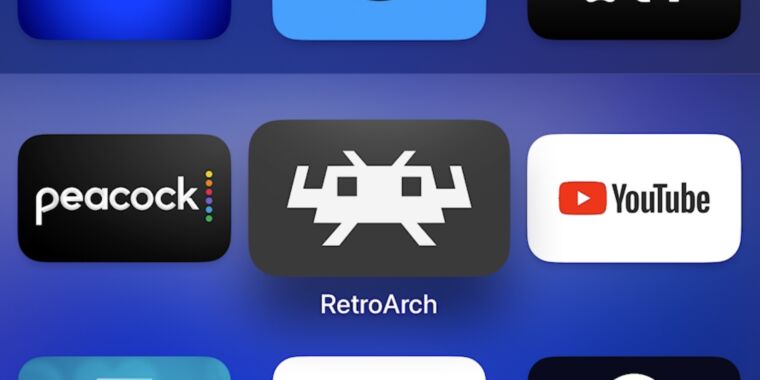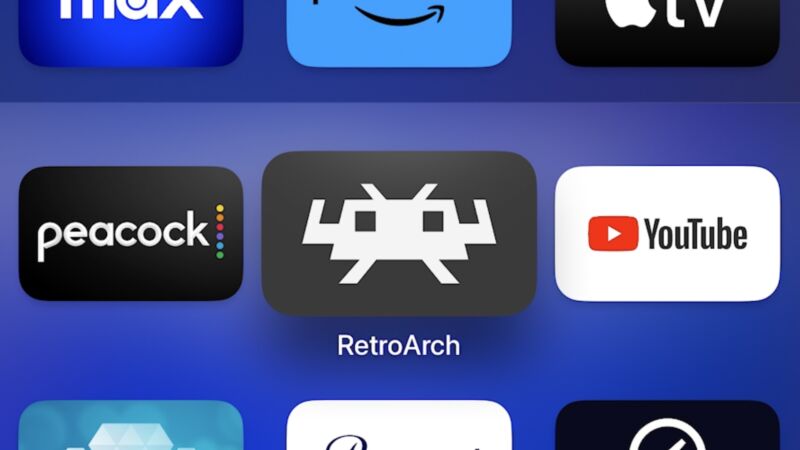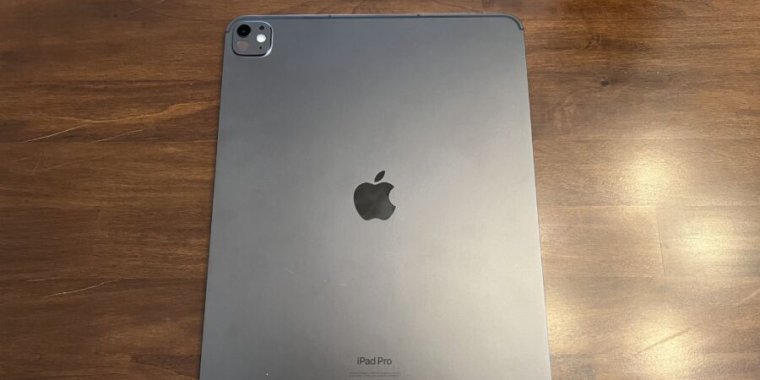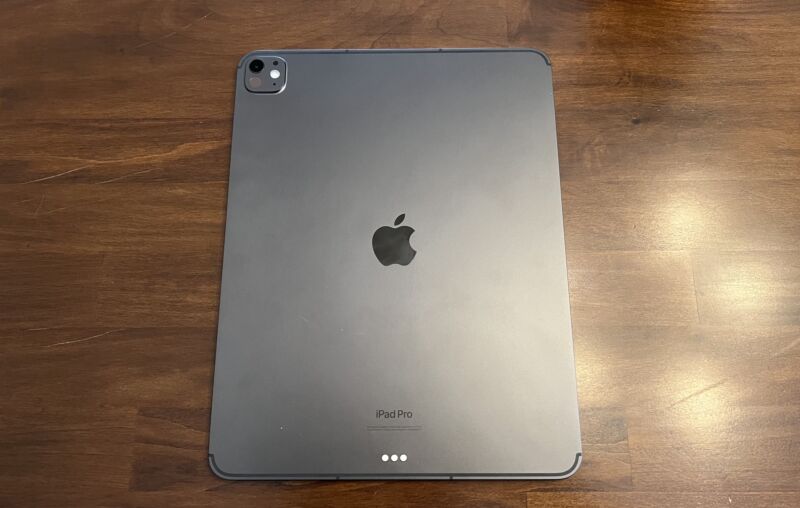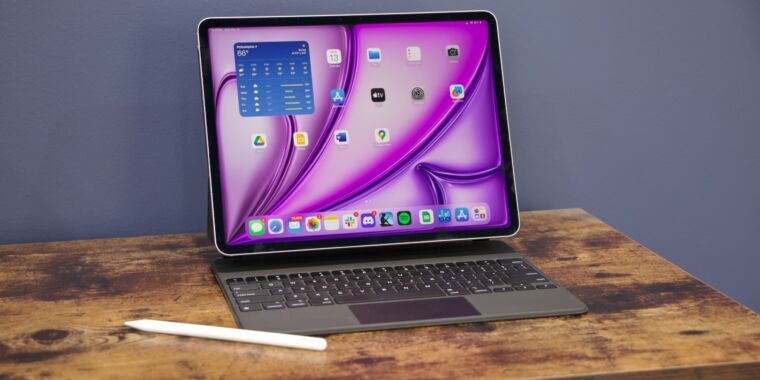Report: New “Apple Intelligence” AI features will be opt-in by default
“apple intelligence,” i see what you did there —
Apple reportedly plans to announce its first big wave of AI features at WWDC.
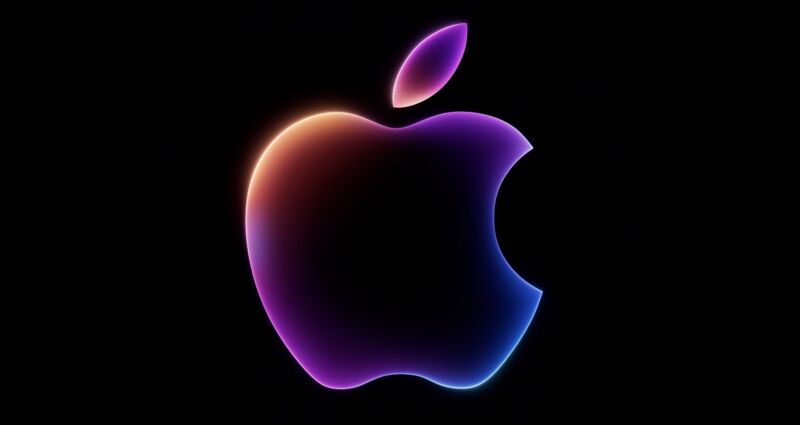
Apple
Apple’s Worldwide Developers Conference kicks off on Monday, and per usual, the company is expected to detail most of the big new features in this year’s updates to iOS, iPadOS, macOS, and all of Apple’s other operating systems.
The general consensus is that Apple plans to use this year’s updates to integrate generative AI into its products for the first time. Bloomberg’s Mark Gurman has a few implementation details that show how Apple’s approach will differ somewhat from Microsoft’s or Google’s.
Gurman says that the “Apple Intelligence” features will include an OpenAI-powered chatbot, but it will otherwise focus on “features with broad appeal” rather than “whiz-bang technology like image and video generation.” These include summaries for webpages, meetings, and missed notifications; a revamped version of Siri that can control apps in a more granular way; Voice Memos transcription; image enhancement features in the Photos app; suggested replies to text messages; automated sorting of emails; and the ability to “create custom emoji characters on the fly that represent phrases or words as they’re being typed.”
Apple also reportedly hopes to differentiate its AI push by implementing it in a more careful, privacy-focused way. The new features will use the Neural Engine available in newer devices for on-device processing where possible (Gurman says that only Apple’s A17 Pro and the M-series chips will be capable of supporting all the local processing features, though all of Apple’s recent chips feature some flavor of Neural Engine). And where Apple does use the cloud for AI processing, the company will apparently promise that user information isn’t being “sold or read” and is not being used to “build user profiles.”
Apple’s new AI features will also be opt-in by default, where Microsoft and Google have generally enabled features like the Copilot chatbot or AI Overviews by default whether users asked for them or not.
Looking beyond AI, we can also expect the typical grab bag of small- to medium-sized features in all of Apple’s software updates. These reportedly include reworked Control Center and Settings apps, emoji responses and RCS messaging support in the Messages app, a standalone password manager app, Calculator for the iPad, and a handful of other things. Gurman doesn’t expect Apple to announce any hardware at the event, though a number of Macs are past due for a M3- or M4-powered refresh.
Apple’s WWDC keynote happens on June 10 at 1 pm Eastern and can be streamed from Apple’s developer website.
Report: New “Apple Intelligence” AI features will be opt-in by default Read More »
